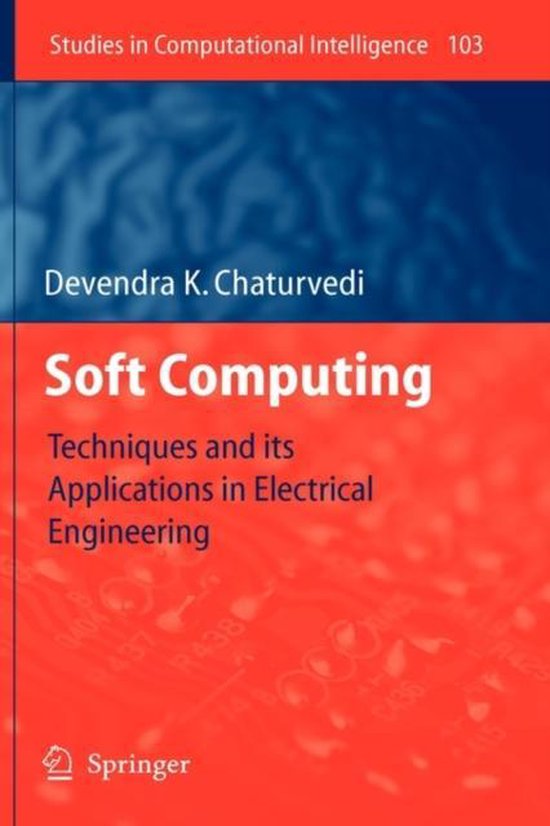
| Taal: | en |
| Bindwijze: | Hardcover |
| Oorspronkelijke releasedatum: | 20 augustus 2008 |
| Aantal pagina's: | 612 |
| Illustraties: | Nee |
| Hoofdauteur: | Devendra K. Chaturvedi |
| Hoofdauteur: | Devendra K. Chaturvedi |
| Extra groot lettertype: | Nee |
| Product breedte: | 155 mm |
| Product lengte: | 235 mm |
| Studieboek: | Ja |
| Verpakking breedte: | 163 mm |
| Verpakking hoogte: | 36 mm |
| Verpakking lengte: | 245 mm |
| Verpakkingsgewicht: | 1063 g |
| Extra groot lettertype: | Nee |
| Product breedte: | 155 mm |
| Product lengte: | 235 mm |
| Studieboek: | Ja |
| Verpakking breedte: | 163 mm |
| Verpakking hoogte: | 36 mm |
| Verpakking lengte: | 245 mm |
| Verpakkingsgewicht: | 1063 g |
Taking inspiration from the brain structure (neurons), linguistic rather than precise way of description by humans (not so cold, very warm), genetics and the behaviour of birds and ants in the nature, new techniques for the solution of various problems have been developed over the past three decades or so. All these techniques are broadly classified as artificial intelligence or computational intelligence.
Artificial intelligence encompasses methods like artificial neural networks and fuzzy logic. Computational intelligence includes optimization methods such as genetic algorithm, evolutionary algorithm, arts colony, particle swarm optimization, etc. and their variations. Feasibility of the application of these techniques in various control and optimization problems has been investigated extensively and these techniques have been applied to physical systems in a number of cases.
With the computational power now available, importance of this relatively new branch of knowledge, that is heavily dependent on soft computing, will grow significantly in the future. The appearance of a book like this one helps spread awareness about the new techniques based on soft computing and is thus a welcome addition.
In this book a cross-section of these techniques is introduced and their applications illustrated by examples from physical systems based on the author’s own research. It will provide a good introduction to a reader interested in this subject.
Om P. Malik, Professor Emeritus, University of Calgary